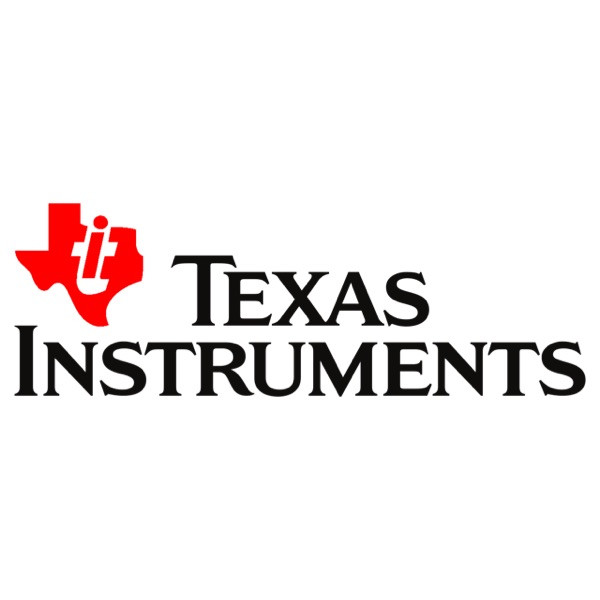Bus transceiver uses two individually configurable power-supply rails
06-07-2020 | Texas Instruments | Power
Texas Instruments SN74AXCH2T45 Dual-Supply Bus Transceiver is a two-bit non-inverting bus transceiver that accepts two individually configurable power-supply rails. The device is operational with VCCA and VCCB supplies as low as 0.65V. The A port is intended to track VCCA, which receives any supply voltage from 0.65V to 3.6V. The B port is intended to track VCCB, which also takes any supply voltage from 0.65V to 3.6V. The device is also compatible with a single-supply system. The device is created for asynchronous communication between data buses. It transmits data from the A bus to the B bus or from the B bus to the A bus, depending on the logic level of the direction-control input (DIR). The transceiver is created so the control pin (DIR) is referenced to VCCA.
Active bus-hold circuitry retains unused or undriven inputs at a valid logic state. The use of pullup or pulldown resistors with the bus-hold circuitry is not advised. If a supply is present for VCCA or VCCB, the bus-hold circuitry always continues to be active on the A or B inputs respectively, independent of the state of the direction control pin. The device is wholly specified for partial-power-down applications, employing the Ioff current. The Ioff protection circuitry assures that no excessive current is drawn from, or to an input, output, or combined I/O that is biased to a particular voltage while the device is powered down. The VCC isolation feature assures that if either VCCA or VCCB is less than 100mV, both I/O ports enter a high-impedance state by disabling their outputs. Glitch-free power supply sequencing enables either supply rail to be powered on or off in any order while giving robust power sequencing performance.
Typical areas of use include enterprise and communications, industrial, personal electronics, wireless infrastructure, building automation, and point of sale applications.
By Natasha Shek

SN74AXCH2T45

